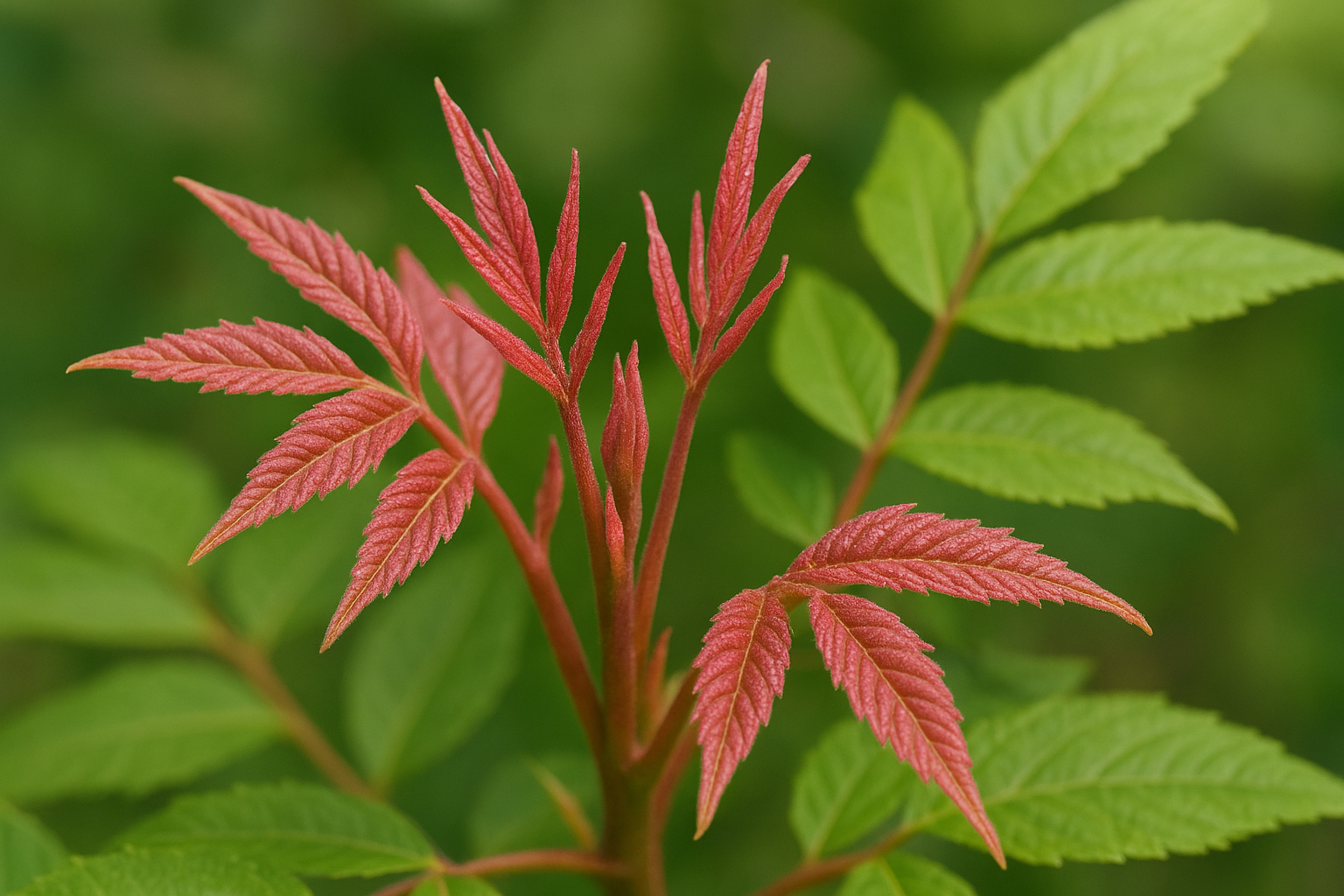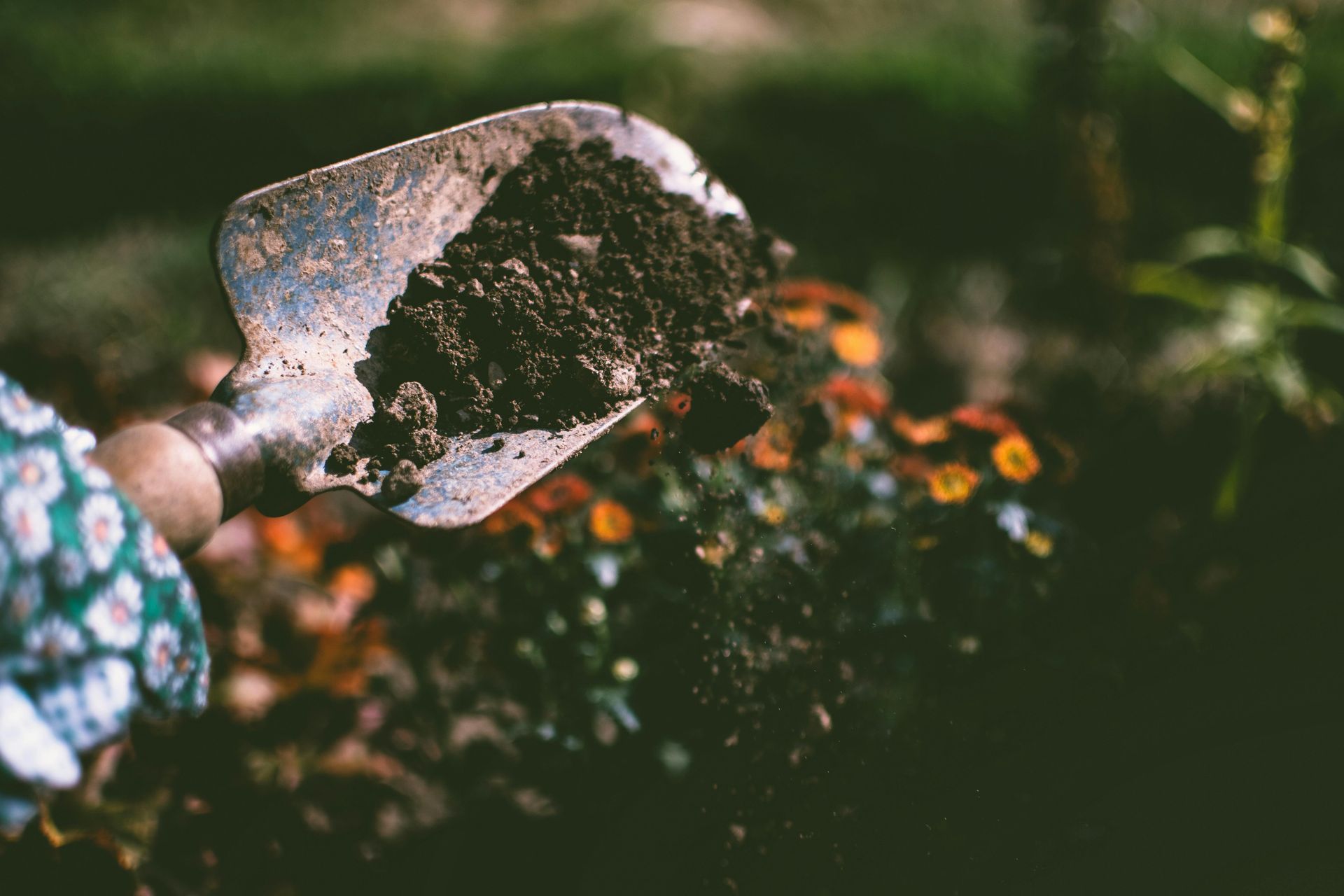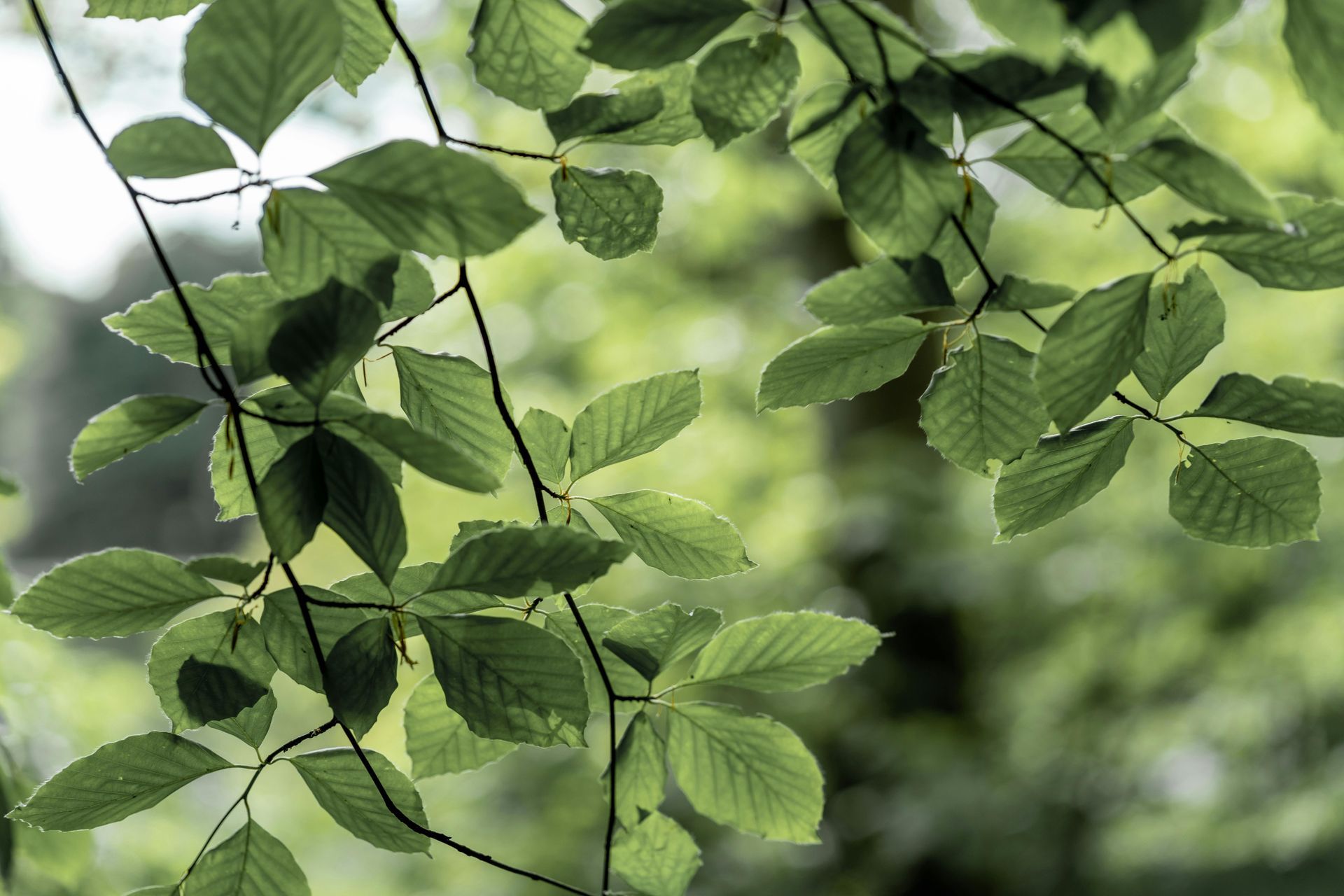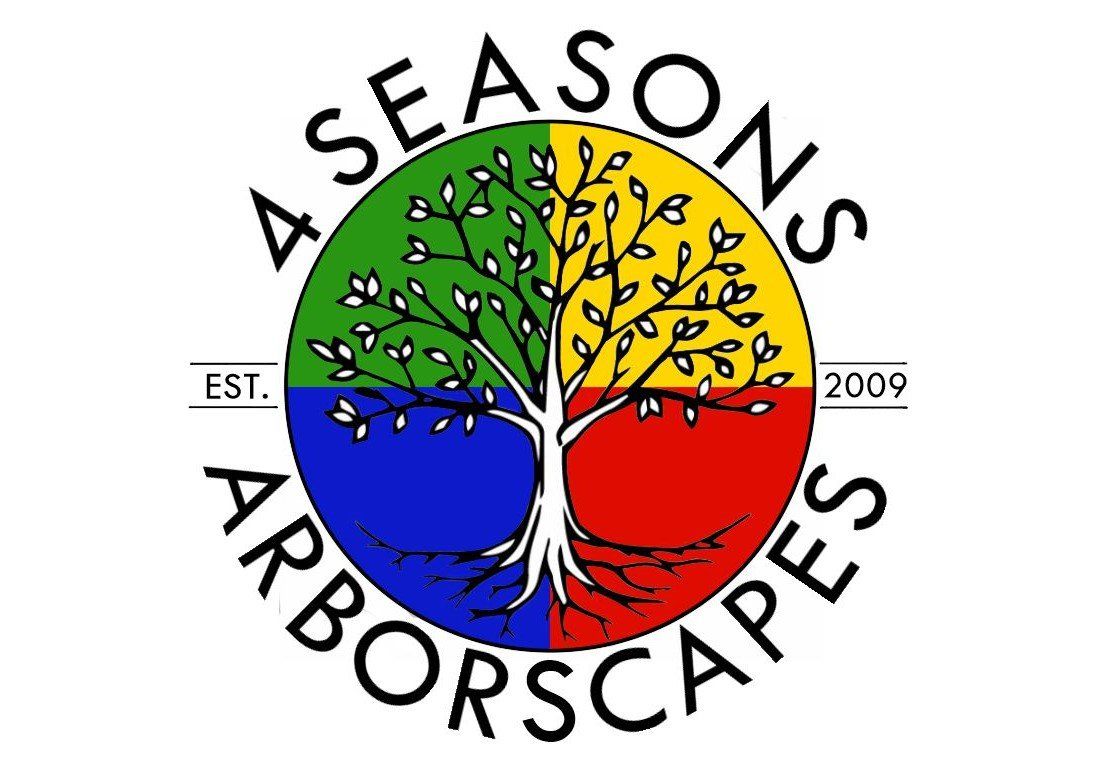Tayberry: How to Grow the Best Tasting Berries
What is a Tayberry?
The tayberry is a unique hybrid berry that's a cross between a raspberry (Rubus idaeus) and a blackberry (Rubus fruticosus). It was developed by Derek L. Jennings at the Scottish Horticultural Research Institute in the late 1970s and named after the River Tay in Scotland.
The tayberry bush has long, trailing canes similar to blackberries, and its leaves resemble those of raspberries. The fruit is larger than a raspberry, elongated, and has a deep red to purple color when ripe. The berries are known for their unique conical shape. The mature tayberry fruit – reddish-purple when ripe – is cone-shaped and can be up to 1 ½ inches long.
Tayberries are known for their elongated shape similar to a raspberry, and for their rich, juicy texture. They typically have a reddish-purple color and a sweet-tart flavor profile. The flavor is often described as sweeter than blackberries but more tart than red raspberries, and less acidic than the loganberry. The combination makes tayberries an excellent choice for fresh eating, jams, jellies, and desserts.
How to Care for a Tayberry Bush
Soil Conditions
Tayberry bushes thrive in well-drained soil with a slightly acidic to neutral pH. This can be accomplished by incorporating soil additives, such as chemicals or more natural materials like eggshells.
Light Exposure
The tayberry prefers full sun but can tolerate partial shade. Before planting your tayberry, you will want to determine the best location with the most sun on your property.
Planting
The ideal time to plant tayberries in late autumn or early spring. Planting during these seasons helps ensure the plant has enough time to settle in, heal any wounds that arise, and begin growing. If you plant in late fall, take extra precautions to protect the young plant from winter frost. As the plant matures, they are better able to withstand the cold of winter.
Watering
Tayberries should be watered frequently during the growing seasons. Use two to three inches of mulch or wood chips to retain moisture and prohibit weed growth.
Fertilizing
Tayberries should be fertilized regularly during the growing seasons to ensures optimal fruit production. Follow the directions on your fertilizer packaging for outdoor fruiting plants. Or, create your own fertilizer for a more holistic approach.
Pruning
Proper pruning helps maintain the health of the plant and also ensures optimal fruit production. Prune the canes to encourage a more manageable and productive bush. Adequate airflow around the canes is essential to reduce the risk of diseases. Remove spent canes after fruiting and tie new canes to supports to prevent them from laying on the ground. Regular monitoring and proper care can help maintain the health of the plant.
Harvesting
Tayberries are typically ready for harvest in mid to late summer, usually from July to August. Harvest the berries when they are fully ripe, with a dark red to purple color. The fruit is delicate and should be handled gently to avoid bruising.
Conclusion
Tayberries are renowned for their exceptional flavor, blending the sweetness of raspberries with the tartness of blackberries. Additionally, Tayberry bushes are prolific producers, yielding generous quantities of berries during the summer months, providing individuals with the opportunity to enjoy fresh Tayberries straight from the garden and preserve excess fruit through freezing, canning, or making jams and preserves. Moreover, like other berries, Tayberries are packed with essential nutrients, vitamins, and antioxidants, contributing to overall health and well-being.
Despite being less widely known, Tayberries stand out with their distinctive flavor and appearance, adding a unique touch to any garden or culinary creation. Overall, whether for their exceptional flavor, abundant harvest, health benefits, gardening enjoyment, or culinary versatility, there are plenty of reasons why someone might care about a Tayberry bush. From gardeners and food enthusiasts to health-conscious individuals and those seeking a new culinary adventure, the Tayberry bush offers something for everyone to enjoy.
Check out the latest:









